Plant trees to save the planet! We’ve all heard that anthem right? Trees are often at the center of various social media campaigns, commercials, and eco-friendly products. You’d probably even see something about planting trees on a random product if you were to browse the grocery store aisles right now. There’s no question that trees are important to the planet, but does planting them actually make a difference? Or are these “plant the trees” chants just some hyped up greenwashing?
This article is going to dive right into the importance of trees. I’ll cover what trees do for us and the planet that makes them important, how we got to where we are now, and how to make sure “planting the trees” is actually helping and not hurting.
Why plant trees?
I’m going to answer this question now, and then again at the end of this article. The only difference is, at the end of this article you will have a much deeper understanding of the role trees play in our planet and the importance of protecting them.
Planting trees is important because people have been cutting them down in massive numbers for decades. People do this to make space for things like neighborhoods, cities, roads, and farms. The problem is that trees are getting cut down at a rate that isn’t sustainable. Or in other words, we are doing more damage to the planet than the planet can handle. Planting trees is, in theory, supposed to repair some of the damage we humans are responsible for.
That’s the general idea behind planting trees to help Earth. Now let’s unearth (pun intended) some of the details and cool facts about trees so you can really understand why planting trees isn’t as easy as it sounds and how to make sure it’s done right. Let’s begin with the basics.
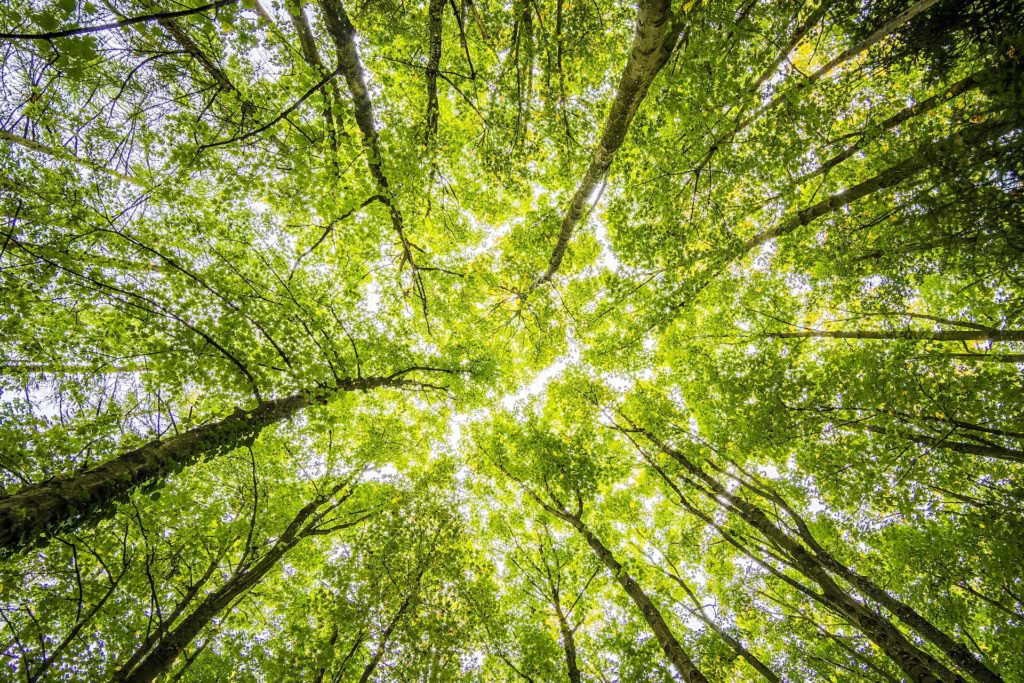
Things You Need To Know About Trees
This section might give you flashbacks to high school biology. Hopefully that’s a good feeling, but if not then bear with me. There’s no test or pop quiz here.
Trees have many important roles on our planet. Have you ever heard the saying, ‘moms wear many hats?’ Well, trees also wear many hats. Like moms (and dads), trees do things like clean, shelter, and protect. Here are just a few things that trees do for our planet that make trees crucial to our long-term survival:
- Provide Habitats
- Prevent Erosion
- Provide Oxygen
- Sequester Carbon
Let’s look into what these mean a little bit more.
Trees Provide Habitats
If you can throw back to learning about habitats, a habitat is basically a home for some organism. Nemo’s habitat is his coral reef, Winnie the Pooh’s habitat is the Hundred Acre Wood. But a habitat can also be really small, for example a fallen log. That one log might house multiple mushrooms and mosses as well as spiders, frogs, and other critters.
Habitats are really important for our planet because they house not just one organism but many. Think about how many things can live on one tree. You could find birds, squirrels, moss, lichen, spanish moss (which is two organisms in one), and so much more. Every single organism plays a part in the ecosystem and the planet overall. If you take away the home, you take away things that live there and you unravel a community. It’d be like erasing a whole neighborhood or city from the map.
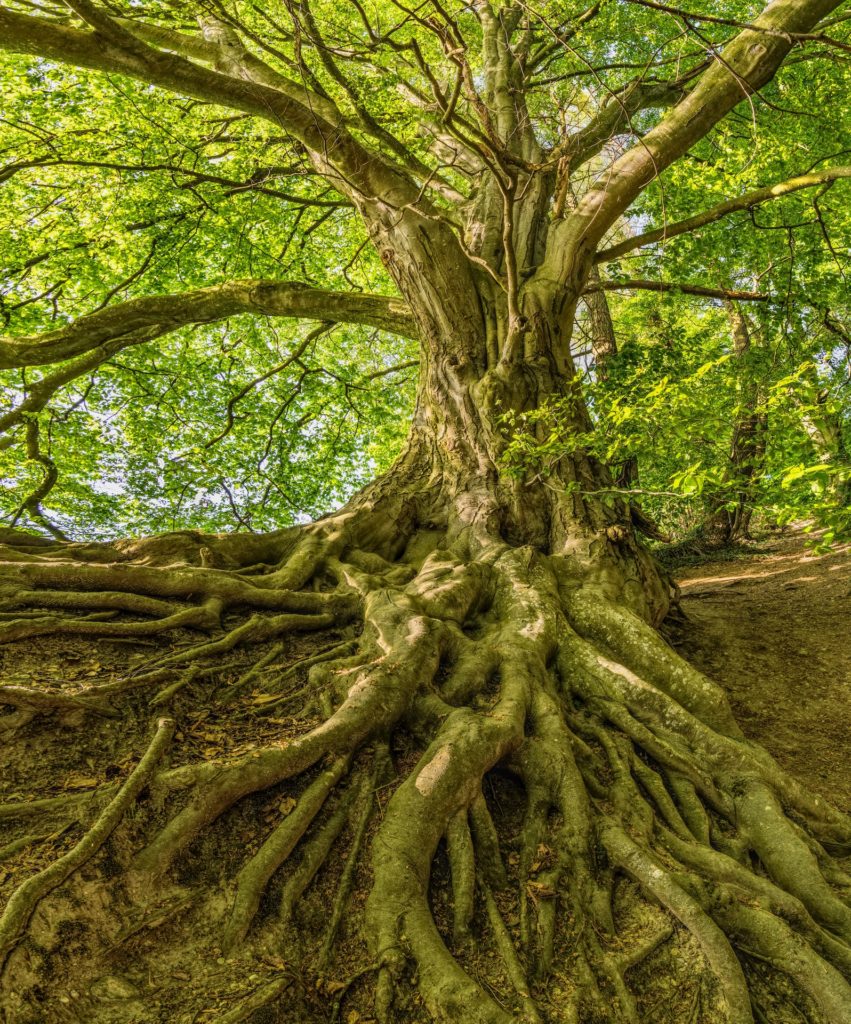
Trees Prevent Erosion
The roots of plants not only keep the plant firmly in place but they keep the soil in place too. Just like strong winds and water can sweep you off your feet, wind and water can wash away dirt. That’s what erosion is, the gradual washing away or removal of soil. Soil is also an example of a habitat (worms live there) but dirt also gives plants, and sometimes creatures, food.
When trees are cut down, the roots are no longer working to keep the soil in its place. That can lead to the soil blowing away, drying out, or even losing important nutrients for other organisms. But there’s also one more important thing trees do. They take carbon from the air and store it in the ground. Without trees, the ground emits carbon and it goes into the atmosphere where it stays.
Trees Provide Oxygen
You probably already know that trees produce oxygen. That’s great for us! We need it to breathe. But, trees don’t necessarily help us breathe on purpose. When trees create their own food (sugar) they need water, sunlight, and carbon dioxide. They rearrange the molecules from those ingredients into sugar and oxygen. The trees just want the sugar which is why they let the oxygen out of their leaves, and then we can enjoy their unwanted air.
Oxygen is important for us, but what’s more important for this article is the carbon in the photosynthesis equation. Carbon is a main ingredient for photosynthesis, meaning trees remove a major greenhouse gas when they make their food. Those carbon molecules still exist, the trees just turn them into sugar. That sugar is then used around the tree for various purposes like making new leaves or growing more roots. Which takes us to the last major role of trees for today.
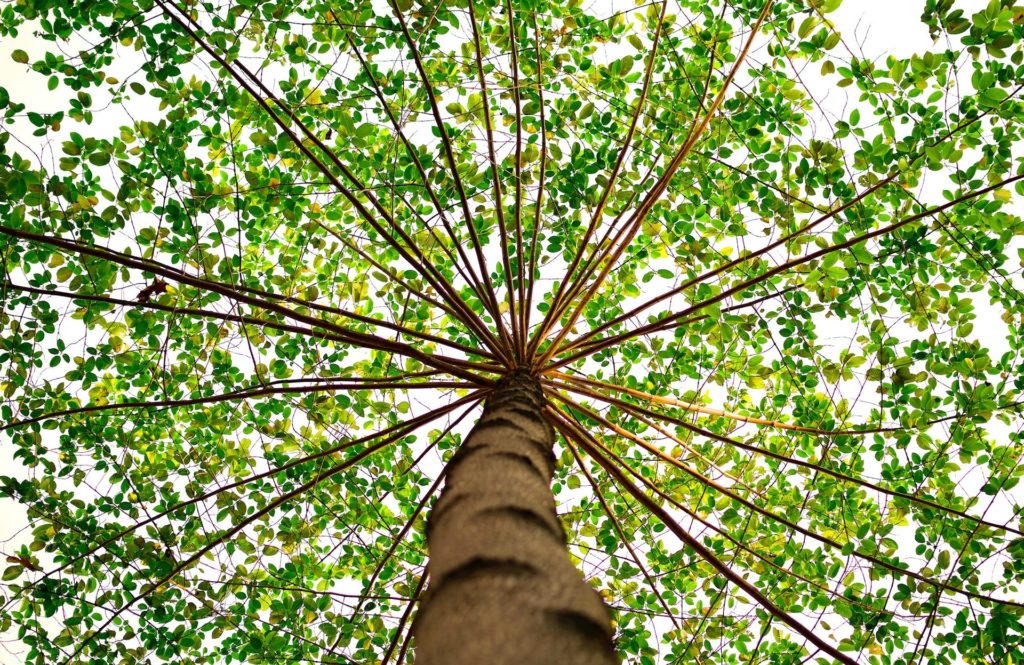
Trees Sequester Carbon
Carbon sequestration is a fancy term for carbon storage. The carbon dioxide in the atmosphere is basically stored when trees turn it into sugar and make new leaves or roots. When the tree dies, some of the carbon that’s been stored is eaten by mushrooms, moss, and other decomposers. Some of the carbon will also find its way back into the atmosphere. This natural process isn’t harmful because the tree absorbs more carbon throughout its life than it releases when it dies.
When trees are cut down, all the stored up carbon is released but not in a good way. Most of the time, the carbon that was stored in the tree or soil ends up getting released back into the air as a gas. When humans cut down trees, we undo the handy work that trees spend their whole lives doing and we increase carbon dioxide which contributes to climate change.
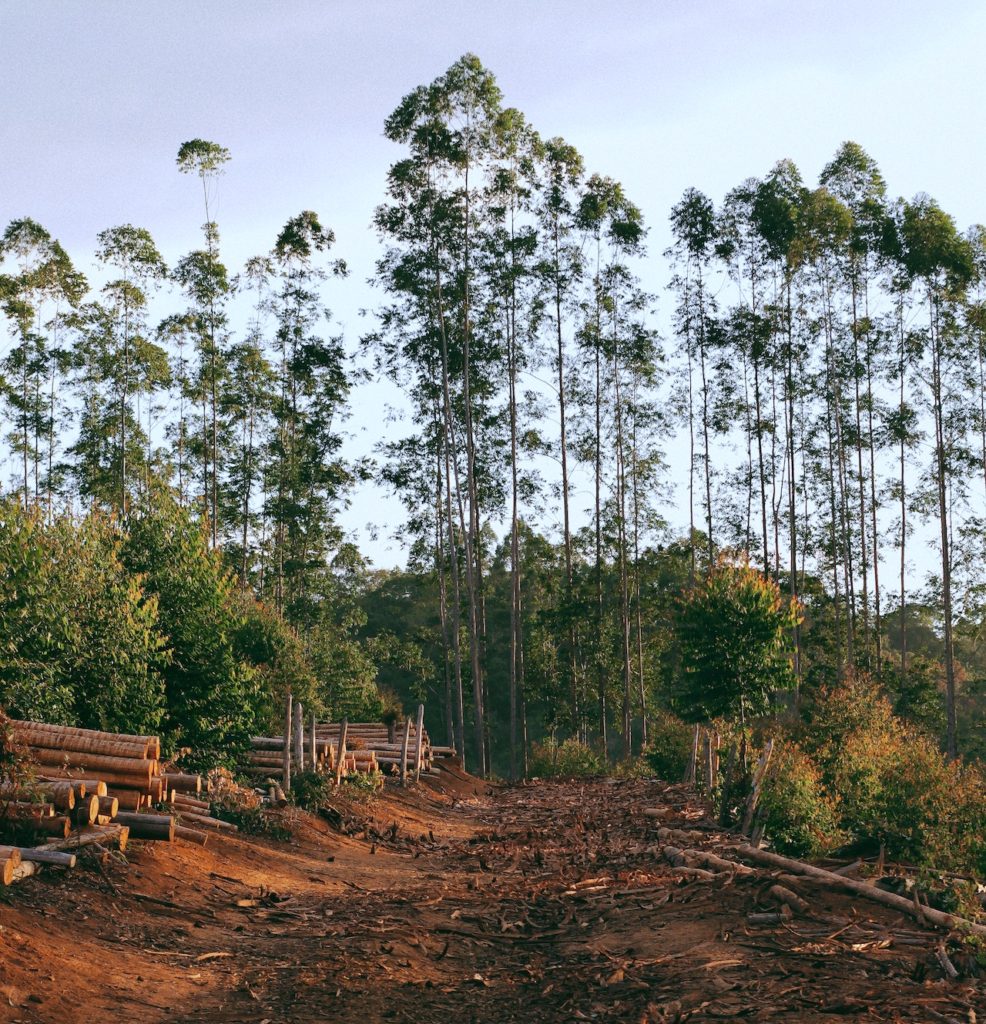
How did we get here?
So what happened to trees that made it so important to replant them? Where did they go? This is a loaded question, and I can only begin to answer it in this article. People cut down trees for many reasons. We use trees for pencils, toilet paper, copy paper, receipt paper, and homes. But sometimes we don’t even need the trees we cut down. People also cut down trees to make space for new homes and buildings, or to make space for farming.
When trees get cut down, the environment loses all the good things trees provide. We covered those earlier: habitats, oxygen, carbon sequestration, preventing erosion. To add to that, when trees are cut down it’s usually more than just a few. Deforestation can measure anywhere from 10-100 acres to as much as thousands and hundreds of thousands of acres per project.
That means countles habitats are destroyed, carbon dioxide is released into the atmosphere, oxygen production is lost, and soil is harmed. All of which play important roles in our environments but also in combating climate change. The crops or developments that replace what once was a natural forest don’t have nearly as much carbon sequestration power or provide as much oxygen and habitats.
Planting Trees To Help the Environment
Thanks to scientists all around the world, companies and people alike are beginning to understand the importance of trees. That is a major reason why ‘planting trees to save the planet’ has been such a big deal. But with all the claims out there about replanting trees and reforestation efforts, there’s still some more things to cover so that you can avoid being greenwashed and know what to look for in your own research.
We’ve covered what trees do for the planet and how people have damaged natural forests. So now let’s look at how people are trying to repair the problems they’ve caused.
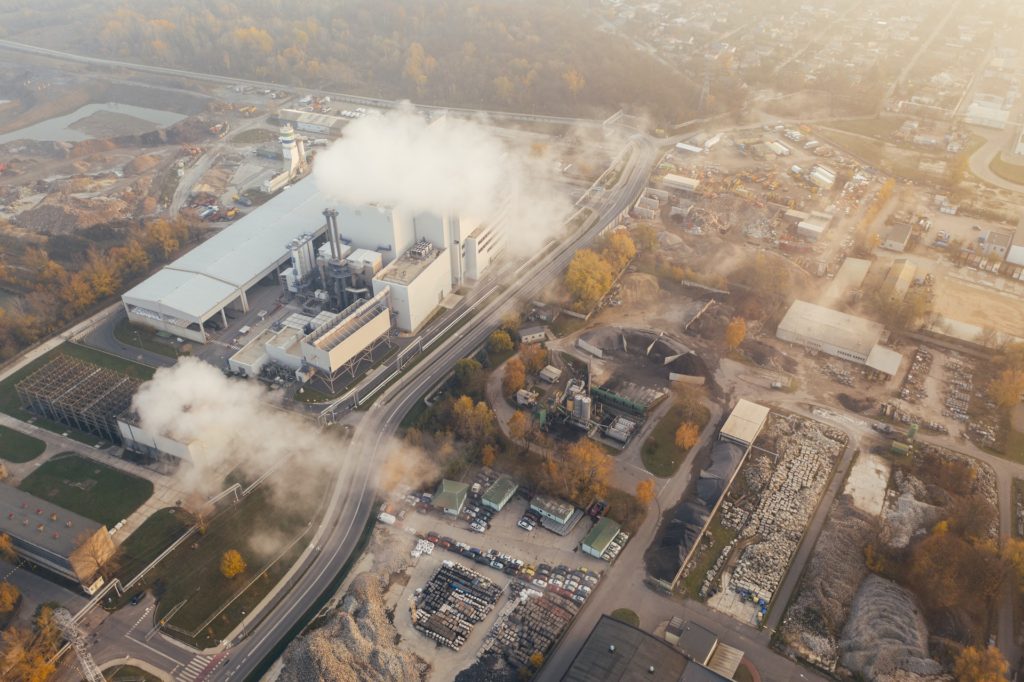
Planting Trees to Offset Carbon
Planting trees is just one way that people or companies can choose to offset carbon. Because trees remove carbon from the atmosphere, they fall into the carbon removal category of offsets rather than carbon avoidance.
When someone purchases a carbon offset, they pay for a certain amount of carbon to be removed from the atmosphere. If you’re funding a tree planting project, then you’re paying to plant however many trees it takes to absorb a specific amount of carbon. This is a great idea, in theory. There are several things that can make carbon offsets not so great, but the one I want to focus on here is monocultures.
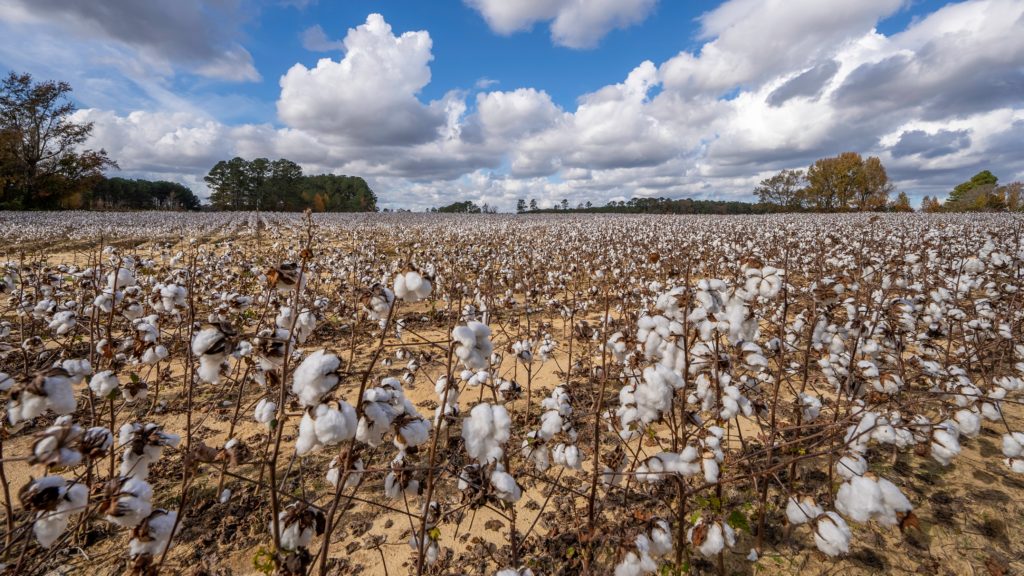
Monocultures
A monoculture is when a single crop is grown in a given area. For example, a cotton farm that farms cotton as its only crop is a monoculture of cotton. Monocultures can be pretty bad.
Picture a forest in your head. Any forest will do. Now, picture an apple orchard. Or imagine a Christmas tree farm. Apple orchards and tree farms are great examples of monocultures because when you envision them, it’s basically this big open plot of land with just one kind of tree growing there.
Monocultures aren’t good for the environment because different organisms interact with different plants. If you only have one kind of plant, then you’re only creating a habitat for a very small set of creatures. And, the plants will be more susceptible to disease, pests, and other things that could wreak havoc on the area again.
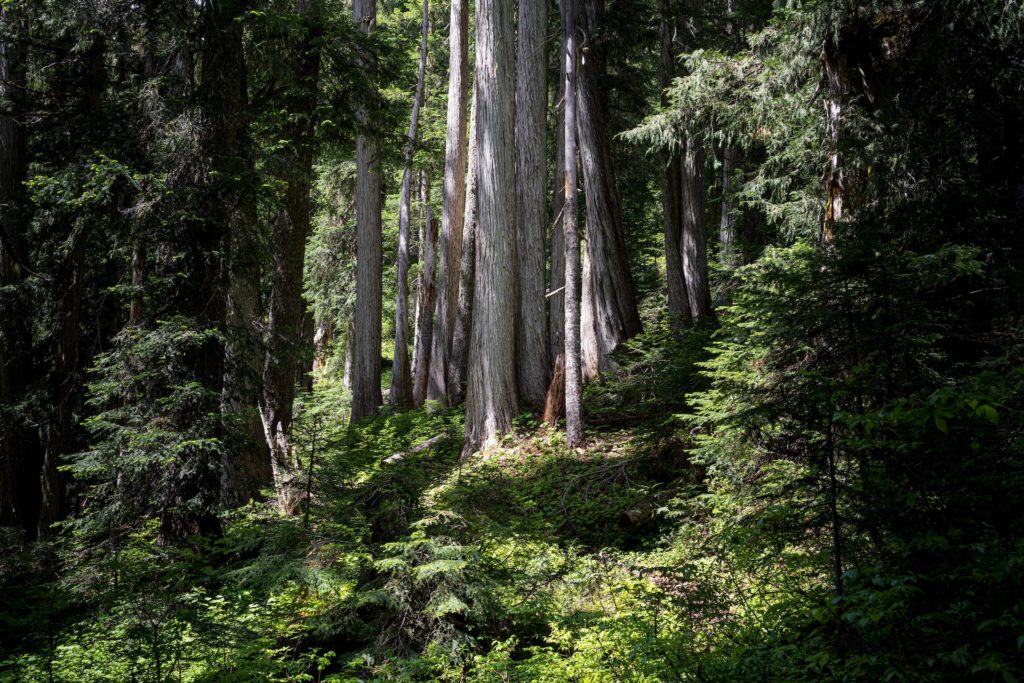
Avoiding Monocultures
Planting trees, in regards to carbon offsetting or not, can be great as long as it’s not a monoculture. When I asked you to envision a forest, there’s a reason why you didn’t picture something like a corn field. It’s because real forests have tons of different trees, and bushes, and flowers, and ferns, and animals. Planting trees to help slow climate change should focus on the tree, yes, but also recognize that the tree is only one column supporting the entire structure that is an ecosystem.
If tree planting projects fund monocultures, then the ecosystem is still neglected and very little restorative work will have been accomplished in the long term.
Why plant trees?
And we’re back! Planting trees is important because trees are an integral structure in natural ecosystems that house wild life, produce oxygen, and store greenhouse gasses that alter our planet’s climate.
Planting trees can be trendy, sure, but can also be unhelpful if done wrong. Funding projects that plant biodiverse cultures rather than monocultures will help restore our forests to what they once were, and help slow climate change.
Thanks for joining me today! If you liked this content and want to see more, please subscribe to my newsletter. You can do that here!
If you’re interested in learning more about carbon offsets, check out this post!
Sustainably is supported by readers like you. When you buy through links on this site, we may earn an affiliate commission at no additional cost to you. You can read more about affiliate links on our “Affiliate Marketing…” page.